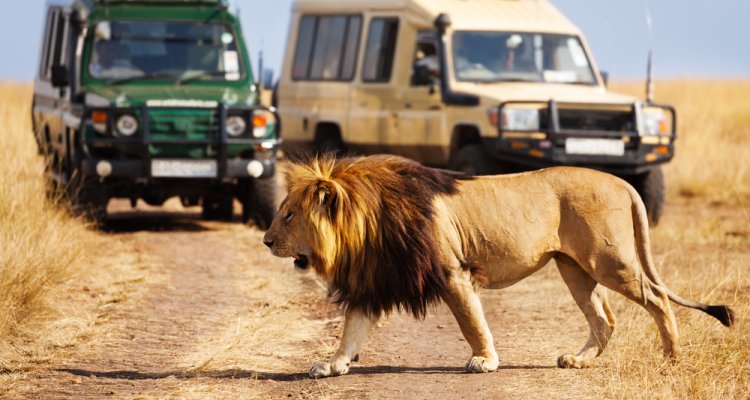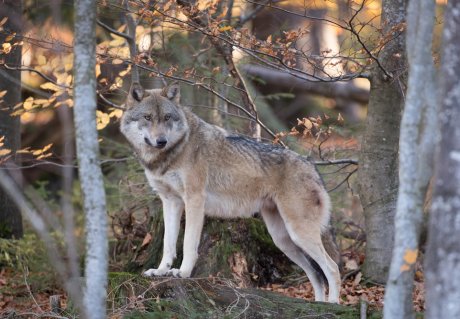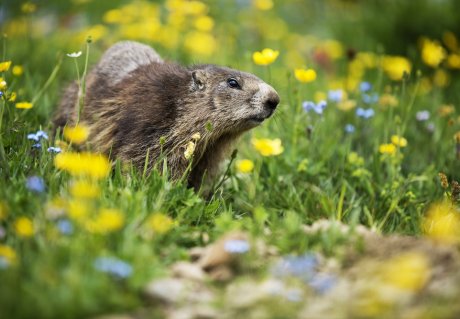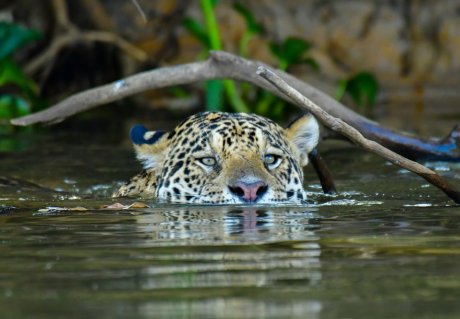
Human-wildlife interactions
Whether it is diseases that spread from animals to people, elephants that destroy crops in African villages or wolves that bite sheep to death in the Netherlands: everywhere, people and animals come up against each other's boundaries. This does not always end well, either for the animals or for the human community. Wageningen University & Research (WUR) works from a multidisciplinary framework to study these interactions between humans and wildlife.
The world's population is growing and, as a result, humans and wildlife are living ever more closely together. In order to deal with the conflicts that arise, fundamental changes are needed in our relationship with these animals. Not only the relationship between humans and wildlife, but also the relationships among humans must be considered. Adaptation of human behaviour plays an increasingly important role in nature conservation. Moreover, each situation requires a different approach: protecting elephants in the Kruger Park will be very different from handling the situation of rhinos in Nepal.
Zoonoses
The corona pandemic has once again demonstrated how far-reaching the consequences of interactions between humans and wildlife can be. COVID-19 is a zoonosis, a disease that is transmitted from animals to humans. Rabies, malaria and Lyme disease are also examples. The more natural habitats are inhabited and affected by humans, the greater the risk of zoonoses. WUR looks at this problem from many different angles. This integrated Global One Health approach helps to find sustainable systemic solutions.
- ERRAZE@WUR research programme: being prepared for new pandemics
- WUR is partner in the Netherlands Centre for One Health (NCOH)
Cooperation between disciplines
WUR has unique expertise in the social and natural sciences, including sociology, psychology, economics, ecology, biology and animal sciences. By working together in an interdisciplinary way, we arrive at solutions that both take account of human welfare and are good for biodiversity. In this way, the interaction between humans and animals can increasingly move from conflict to coexistence.





